- Tick, louse, lice
- Subcutaneous tick
- Dog Tools
- Atopic dermatitis in dogs
- Allergens
- Dermatophytosis in dogs
- Greasy tail in dogs
Sometimes, when the owner has treated the animal from fleas in dogs, and they are not there, the dog continues to comb the skin and nibble itself. There may be several reasons for this. Itching is caused by parasitic insects, it can be a symptom of some serious diseases. Consider why a dog itches if there are no fleas.
Possible causes of discomfort
Itching causes discomfort in the dog, it itches and pathogens and fungi can penetrate through the lesions. The cause of itching can be:
- ectoparasites;
- allergic reaction of various etiologies;
- skin diseases;
- hyperfunction of the sebaceous glands;
- stress;
- systemic diseases - diseases of the reproductive system, malignant processes in the body, endocrine pathologies.
The owner of the dog rarely can independently determine the cause of itching, it is necessary to seek qualified help, since the disease can be caused by several reasons.
Ectoparasites
Insects that parasitize animals include not only fleas, but also other arthropods - ticks, lice, and lice eaters.
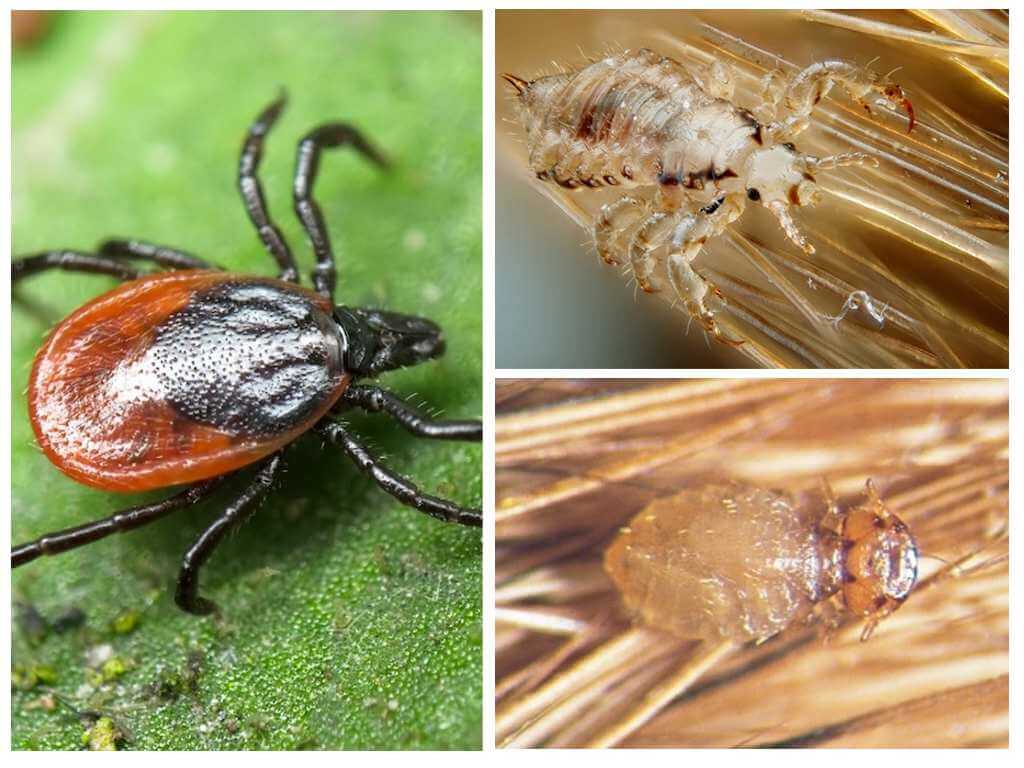
Having treated a pet from fleas, one cannot be completely sure that they managed to get rid of them. After all, the eggs and flea larvae can remain on the dog’s bedding, in furniture upholstery and carpets. Therefore, you should once again examine the dog's hair for the detection of eggs and adult fleas.
If the dog itches, but there are no fleas, it is worth examining the skin for the presence of other insects:
- ticks: ixodic, gamasic, subcutaneous (demodex), itch itch, auricular, etc .;
- beetle eaters.
Ixodid tick causes diseases - pyroplasmosis, ehrlichiosis, hemobartonillosis, lime borelliosis. Detachable salivary glands of ticks cause severe itching and scratching in dogs in the neck, ears, head. On the tick bite and fleas can be an allergic reaction that leads to rashes and itching. The dog itches all the time, causing damage to itself. How to treat an animal for pyroplasmosis, only a veterinarian can prescribe.
Gamasid tick parasitizes on small animals (mice, rats) and birds (chickens, pigeons). The parasite can migrate to the dog’s torso if there is no familiar host nearby.
The subcutaneous tick is able to parasitize on the surface of the epidermis for a long time, feeding on horny scales. With a decrease in immunity, the tick goes deep into the skin, causing severe itching. The female lays eggs in the hair follicle, which becomes inflamed, forming a characteristic red rash. Demodecosis is most often noted on the dog's face. Itching causes scratching and red spots on the nose, around the mouth and eyes.
The itch mite, which is called itching due to the symptom accompanying the infection, provokes scabies.

Interesting!
The itch falls on the dog with prolonged contact of the skin of a healthy and sick animal. The insect is "screwed" under the skin and for this it needs at least half an hour. An already fertilized female, which lays eggs in the outer layer of the skin, infects the animal. The appeared larvae actively move, gnawing moves, so the dog itches.
An ear mite parasitizes in the ears of cats and dogs, feeding on the secretion of the sebaceous glands and sulfur. Temporarily, until it enters the ear canal, the insect can be on any part of the body, gnawing passages in the skin to get to the lymph. The affected area begins to itch a lot, so the dog shakes his ears and begins to scratch them intensely.
Any type of tick has symptoms that are characteristic of a certain type, and common to all, among which the main thing is itching. Treatment includes local and systemic drugs. The complex is prescribed only by a veterinarian, self-medication can lead to serious consequences.
But infection with ticks, lice eaters and fleas can be prevented by treating the dog with one of the drugs in the form of a spray Leopard, Bolfo, Front line, Defendog). Drops have proven themselves well.
It is also recommended to wear the animal collar (Kiltiks, Foresto, Celandine).
Allergic reaction to various irritants
If the dog is constantly itching, and the examination for the presence of fleas and other parasites is negative, you can suspect an allergy caused by the following factors:
- flea bites;
- substances that enter the body by air;
- chemicals from hygiene products;
- feed or its change;
- vaccines and vaccinations.
The body of a person and a dog are very different and, despite the fact that the allergic components are similar and their mechanism of action is the same, the symptoms are different. In dogs, allergies are prolonged by itching and skin disorders. Subsequently, in the place of severe scratching, a secondary infection is introduced, which is accompanied by inflammation.
Fleas cause an allergy, which is a reaction of the body to a foreign protein that enters the bloodstream with the salivary glands of the insect. Even one flea that has hit a dog can cause allergies in an animal that once suffered from fleas.
Atopic dermatitis, which doctors estimate from 4 to 16% of dogs, causes:
- plant pollen;
- household dust;
- excrement and particles of chitinous cover of synanthropic insects;
- mold fungi;
- dead particles of the epidermis;
- bird feathers and fluff.
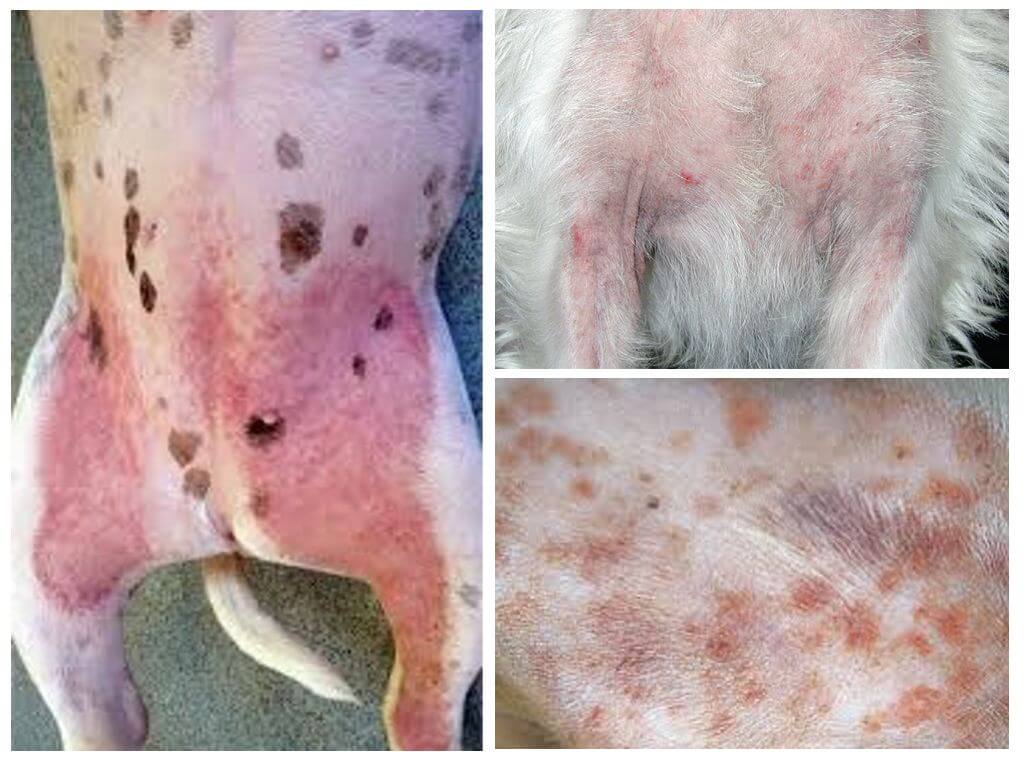
Interesting!
When an allergen enters the body, it stimulates the formation of antibodies, the synthesis of which depends on a genetic predisposition. Skin sensitizing antibodies form in the cells, combining into antigen / reagent complexes. It is they and bioactive substances released during the tissue reaction that lead to rashes, a feeling of "goosebumps" due to involuntary twitching of small muscles, itching.
The dog often itches, especially in the area of the toes, belly, tail, back. Red spots form under the coat, which are easy to notice, especially in shorthair dog breeds.
Proteins (anaphylaxis) or non-protein feed components (atopy) cause food allergies. It is necessary to distinguish intolerance of some products and true allergy, therefore, only a specialist after differential diagnosis can decide how to treat feed allergy.

Allergies in dogs are most often caused by products such as horse meat, beef, milk. The second group of allergenic products are soy, chicken, lamb. Many premium feeds contain these products. An allergy is accompanied by such a severe itching that the dog itches, biting these places, can completely erase the incisors. At the place of severe licking, the hair falls out, leading to complete baldness, discoloration of the coat, pyoderma, coarsening and hyperpigmentation of the epidermis.
In long-haired dogs, an allergic reaction provokes the development of severe dermatitis. If Pekingese itches, and on areas of the body noticeable sticky, like from saliva, wool, then the cause may be wet dermatitis. When cutting wool, a very complex picture of the pathology becomes visible.
The allergy can be triggered by the use of drugs - drops for the eyes and ears, vaccines, etc. The manifestations are the same as with other types of allergies. If the dog itches after drops from fleas, then with high probability it can be assumed that she is allergic to this remedy.
Dermatosis, which is accompanied by itching, can be caused by contact with the collar. Often this form of the disease is noted in puppies, as their delicate skin is very sensitive to the constant effects of insecticides. The puppy itches, trying to remove the collar.
To treat allergic reactions, veterinarians prescribe cortisone and other antihistamines that help relieve skin manifestations and itching (Benadril, Tavist, Amitriptyline, Atarax).
Skin diseases
The dog is very itchy and with various skin diseases. The most common ones are lichen, eczema wet or dry, dermatoses.
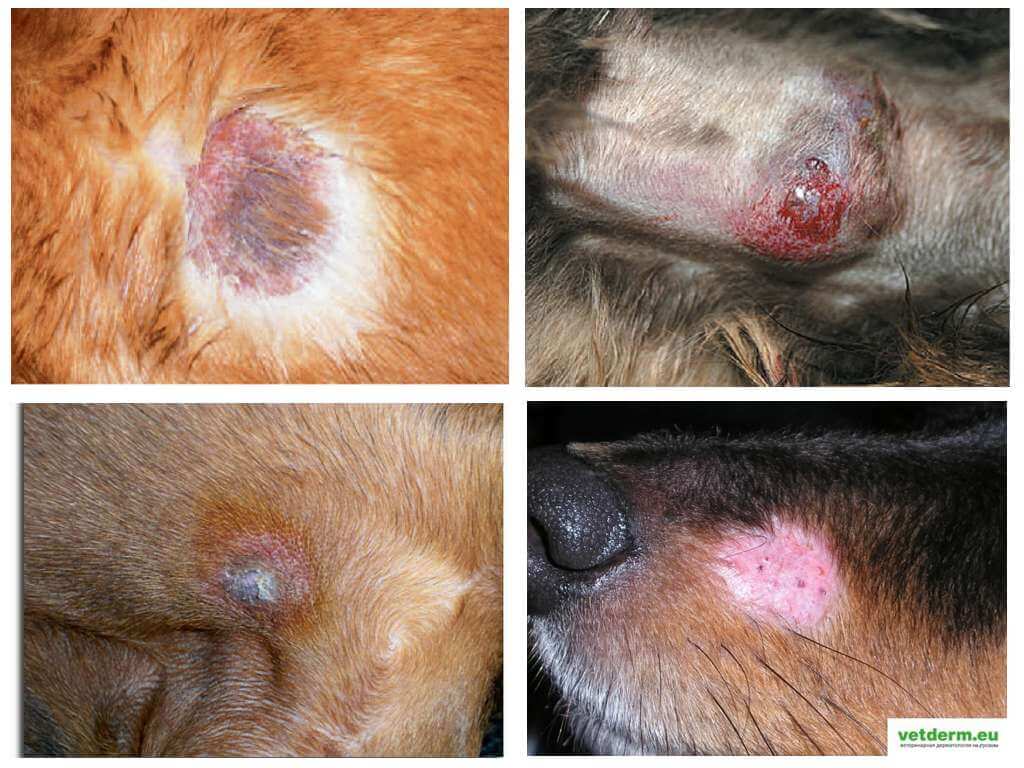
Dermatophytosis is often observed in puppies, young animals and dogs with reduced immunity. Mycoses cause not only itching, but also hair loss, nodular skin lesions, exfoliation and yellowing of claws, peeling and cracking of the pads on the paws.
The doctor prescribes the treatment of the body with antimycotic agents - shampoos (Nizoral, Dermazole) or the drug for dogs Imaverol. For systemic treatment, the following drugs are used - Orungal (Itraconazole), Lamisil (Terbinafine), Nizoral, Oronazole (Ketoconazole).
In healthy dogs, dandruff is absent or invisible. Dandruff flakes can form under the influence of various factors that cause dry or oily seborrhea. When the Spitz is itching or itching pesters representatives of other “sofa” breeds, the cause is dry seborrhea. These animals are often bathed, which leads to dysfunction of the sebaceous glands and drying out of the skin. Also, a lack of fat leads to the formation of dry dandruff. If the cause is not a fungal infection or systemic diseases, then the doctor prescribes antiseborrheic shampoos.
Inflammatory dermatitis often occurs in dogs with large folds of skin. If a pug itches, or a chow-chow, a bulldog, a mastiff scratches its face in its paws, then you should check the folds in which you can detect redness of the skin and increased humidity, swelling and destruction of the epidermis.
Dermatoses begin to be treated with antibacterial, disinfectant detergents, and then they are treated with drying preparations. In the event that the process is running, the doctor prescribes antibiotics.
Hyperfunction of the sebaceous glands
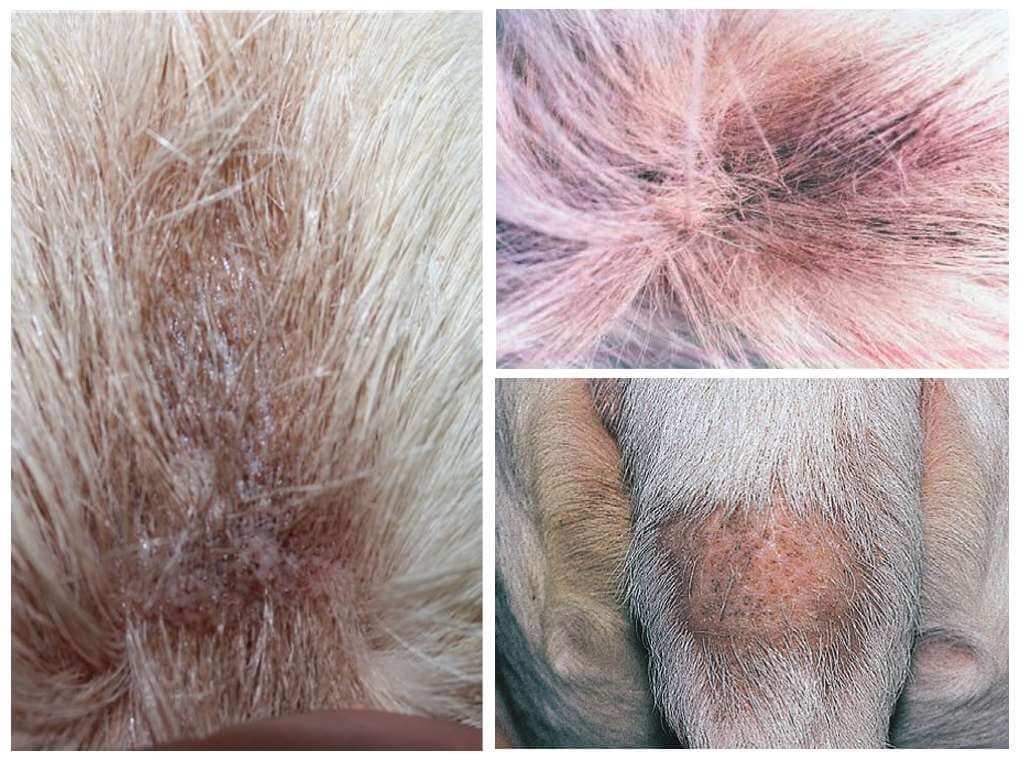
In some dogs, a pathology such as the "greasy tail" is manifested. This pathology is more common in cats, but also in dogs. Hyperfunction of the sebaceous glands, located like a rosary on the upper surface of the tail and around its base, leads to cohesion of the coat, the formation of black dots on the skin, and the appearance of oily seborrhea. Itching causes the dog to gnaw its tail, “ride” on the priest, causing severe discomfort. A dog may lick the affected area and cause alopecia or serious tail injuries.
The treatment consists in treating the wool with special shampoos to regulate the function of the sebaceous glands. Before finding out the cause of hyperfunction, this is the only method.
Stress
In dogs, the nervous system responds to prolonged exposure to stressful factors with various manifestations, including skin ones. Short-term factors - a visit to the doctor, injections, a sharp cry, an unpleasant strong odor cause a reaction that disappears when the irritant disappears. Prolonged stress can lead to various external manifestations, including increased licking, biting of certain parts of the body due to allergy or seborrhea.
Treatment consists in eliminating the stress factor, providing positive emotions, and distraction. Good therapeutic effect brings "occupational therapy." In chronic stress, your doctor may prescribe sedatives.
Whatever the dog’s itching caused, the owner should carefully consider this and contact a veterinarian in a timely manner. Self-medication can not only cause serious consequences, but also miss the time required for a complete cure.
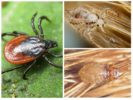
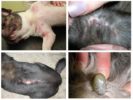
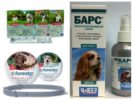
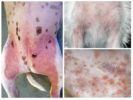


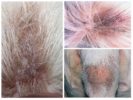
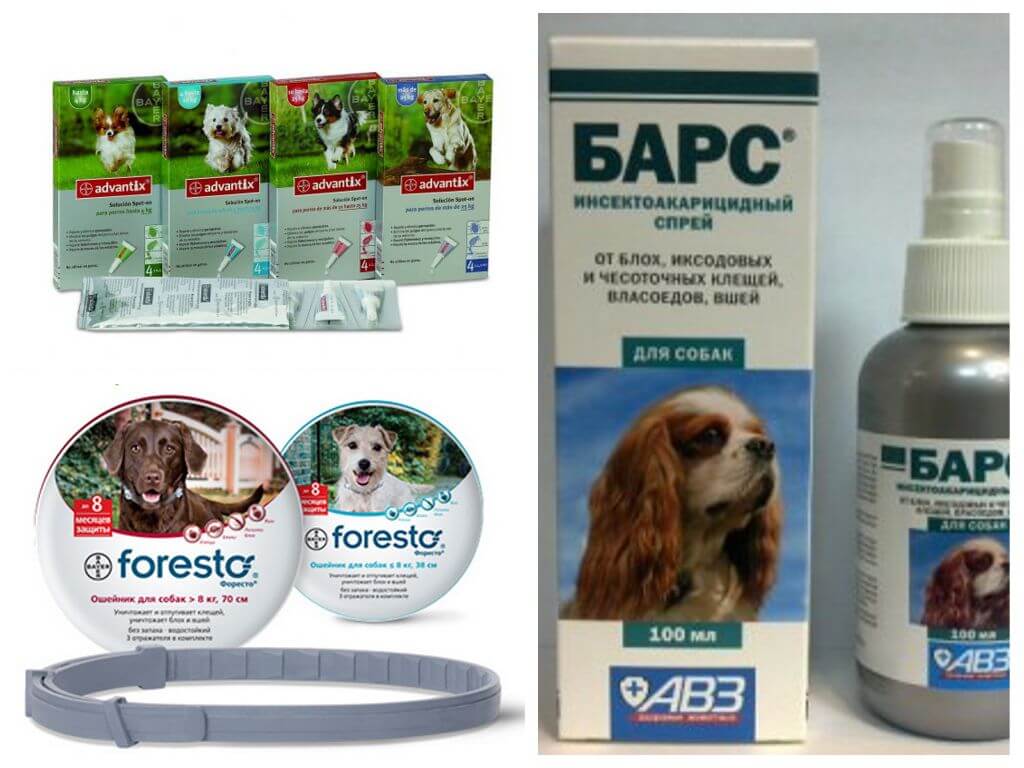
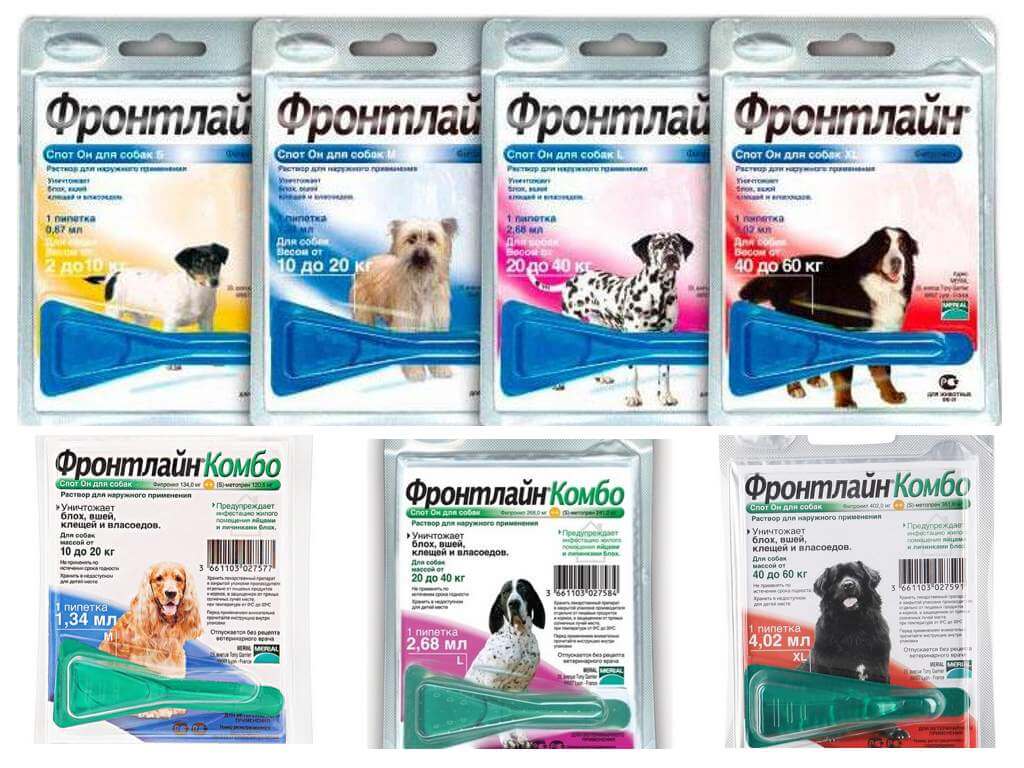
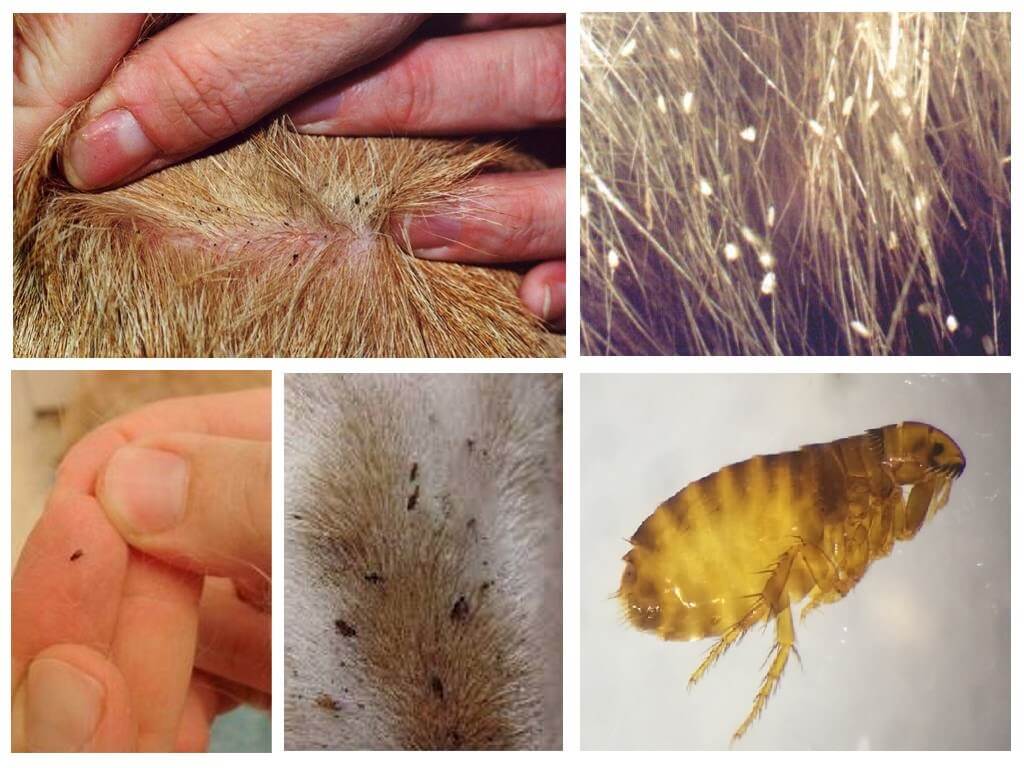
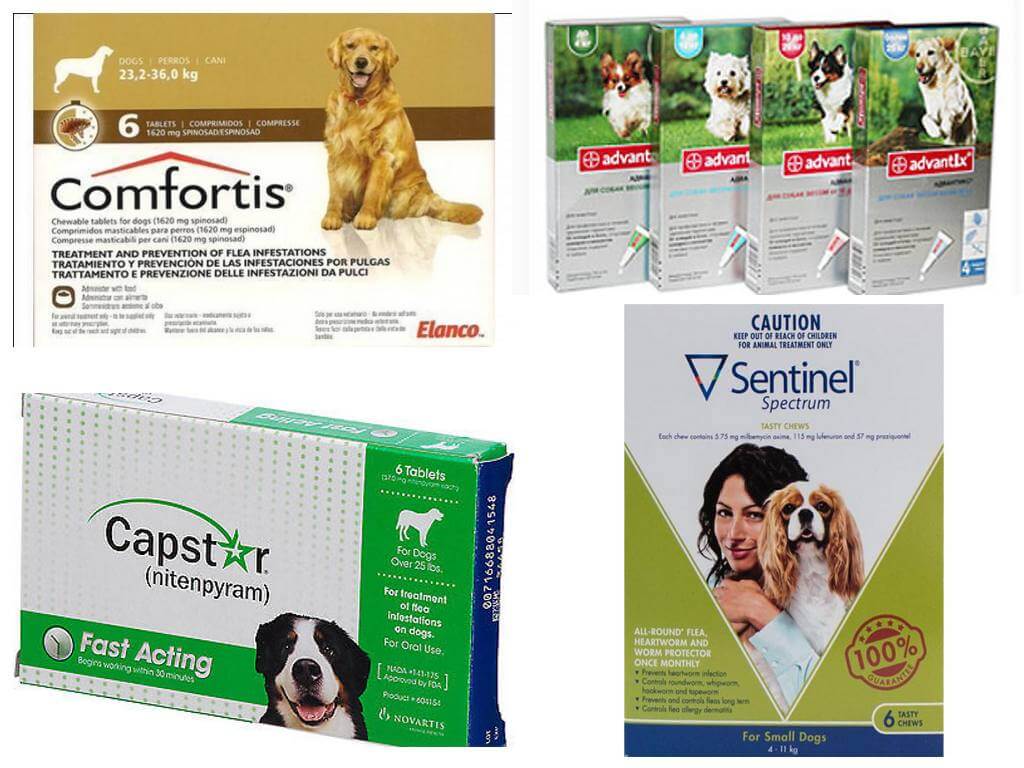

My little dog suddenly began to itch his body in different places. She nibbles herself with such frenzy that she leaves scratches on her skin. We went to the veterinarian - the doctor did not really say anything. He prescribed treatment - injections and recommended transferring the dog to homemade food.
The pug has pimples on its face, which it constantly scratches. I thought that the fleas had bitten, but examined everything - not a single one was found. Let's go to the clinic. The doctor discovered dermatitis, prescribed treatment. Now we are being treated. Pugs began to itch less on the second day.
My doggie started itching suddenly. Inspected for fleas and ticks - empty. Yes, and we process it regularly with sprays. In the veterinarian we contacted, the doctor prescribed treatment. A week, everything was carried out according to the instructions, but no result. The dog became nervous, does not sleep, constantly itches. We went to another hospital. The doctor diagnosed microsporia and also prescribed medications. The dog, as itchy, continues. Itching removes the “Stop-itch” a bit, but you need to be treated!
We have the same problem. How many doctors have bypassed! And the dog, as itchy, continues. Maybe someone else will advise drugs to relieve itching?
My staff is allergic to dry food. He combed a wound over his eye that we could not heal for a month. A nimble boy, just get distracted - rip off the old crust. We tried the collar, but the dog in it behaves very strangely, and we remove the collar for feeding. Tell me what to do, otherwise it starts to scratch further to the ear.
My spaniel has been suffering from itching for more than 2 years. Fell on the back, tail, belly. They went to a veterinary clinic - they were diagnosed with an “allergy”. Treated, treated, but to no avail. At the next visit to the doctor, they found that he had problems with the thyroid gland.
A familiar problem. But the treatment helped our dog. Seek a good doctor.
I took my dog as an adult. This is my first belly. Suddenly she began to itch. At first I did not pay attention - all the dogs itch. But now she nibbled wool around her tail, constantly licking intimate places. But there is no redness on the skin, fleas are excluded. We are going to the vet, but maybe someone knows what’s the matter?
There was a story with the Pekingese about 15 years ago. Got an appointment with a wise elderly veterinarian who helped. Near the anus on both sides there are bags in which a special fluid accumulates, which the dog marks. Sometimes this fluid thickens and does not leak. A doctor squeezed out this substance with me; there were two strong trickles of literally black color. The stagnation of this fluid causes itching, poisoning of the blood. Some dogs squeeze out this liquid themselves, and some do not know how. Look on the Internet, there are many explanations. It helped us.
We also suffer from an allergic dog. Every spring, itching begins. Medications relieve itching a little, but it is completely impossible to eliminate the factors.
My puppy of the Yorkshire terrier itches, and I think from the feed. The skin is clean, I examine it regularly. Does it collapse from the collar, maybe the shampoo is not the same? I don’t often, just as needed, make a sofa dog out of it. TRIXIE Welpen shampoo- shampoo